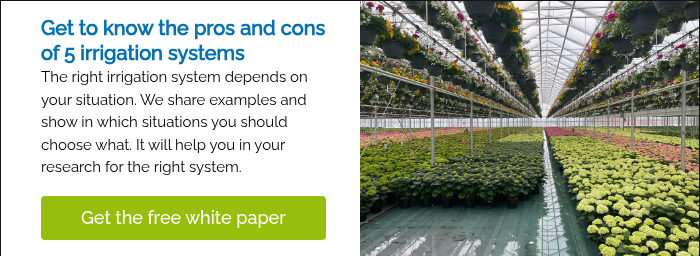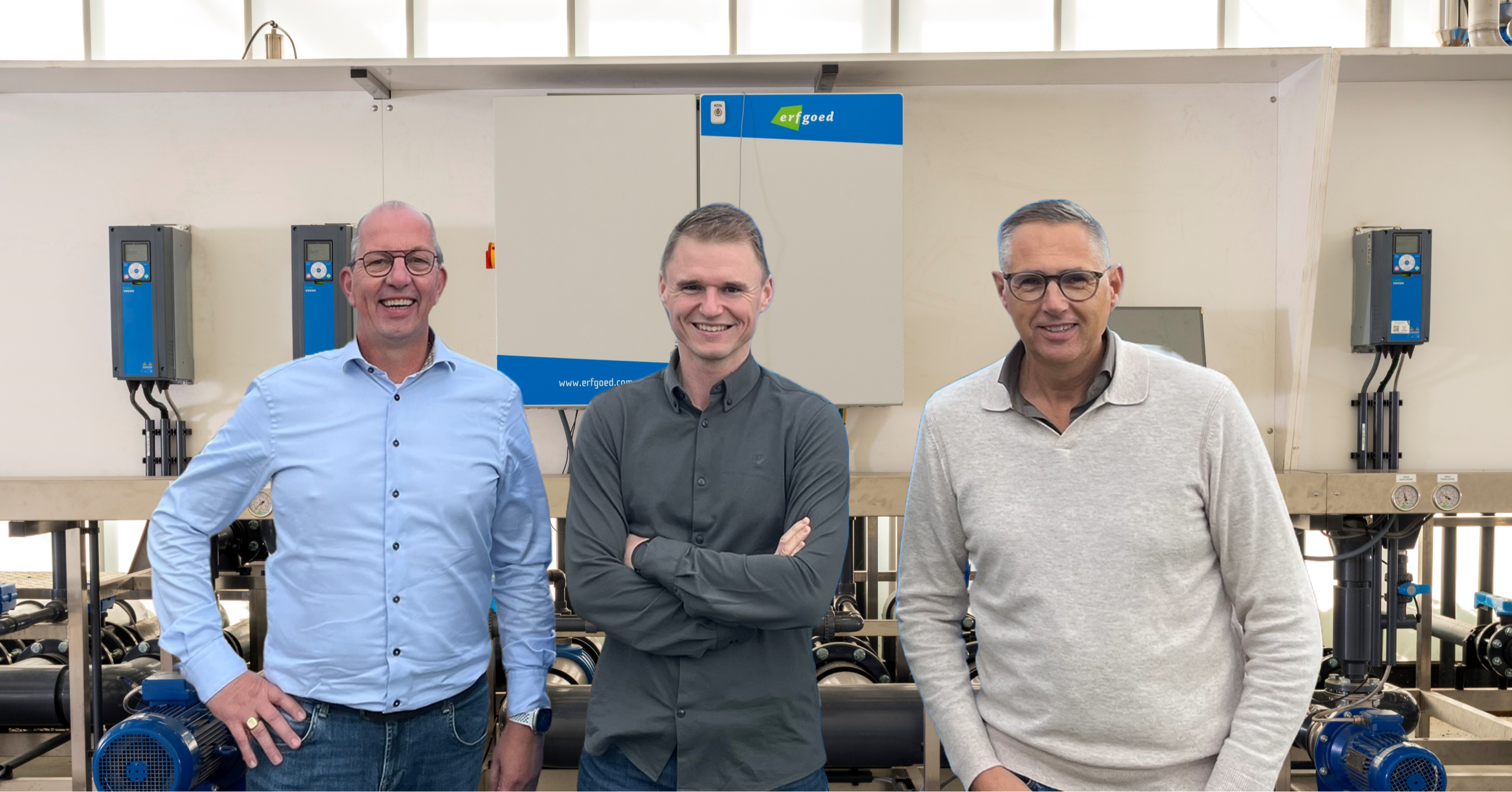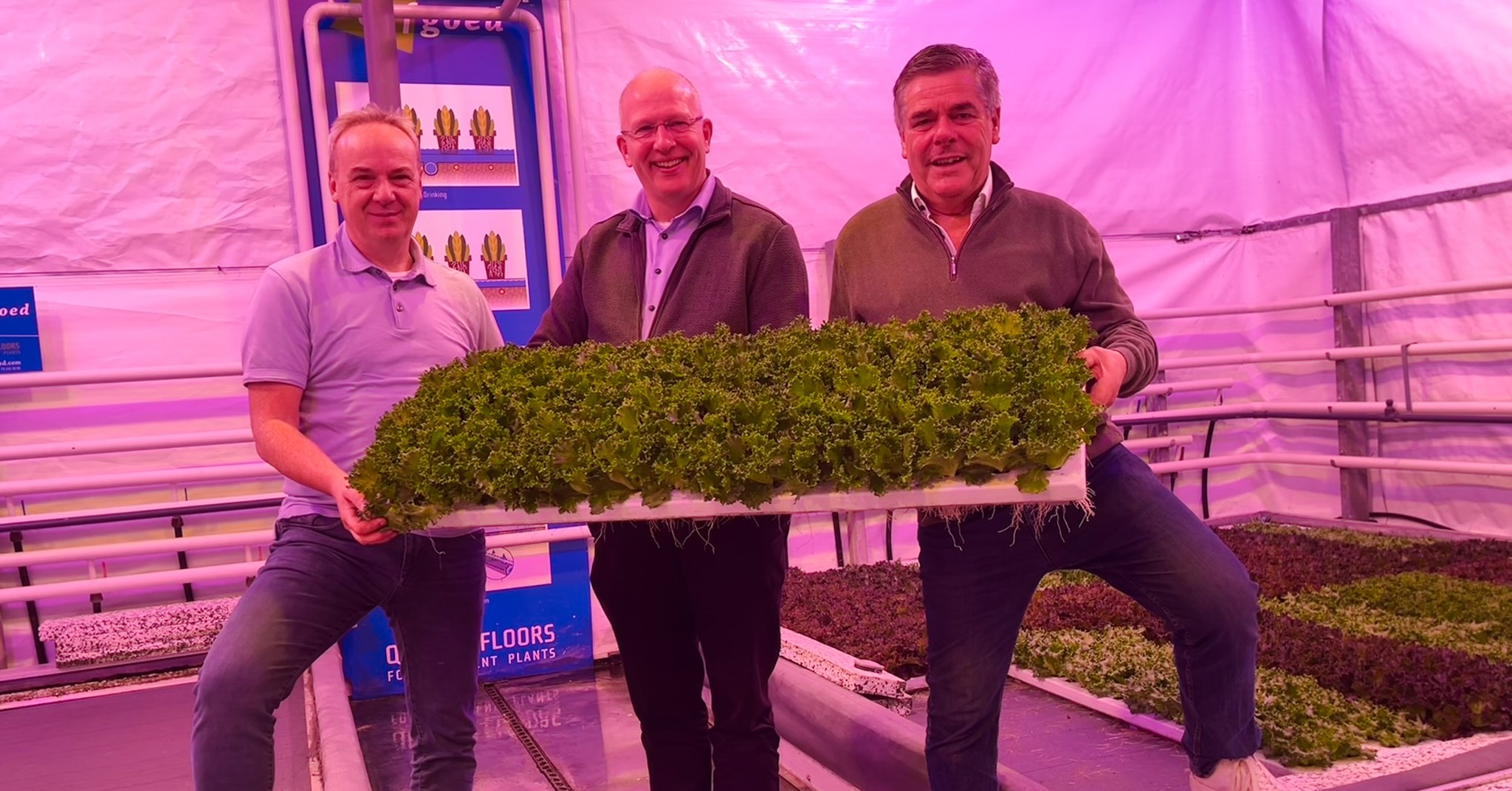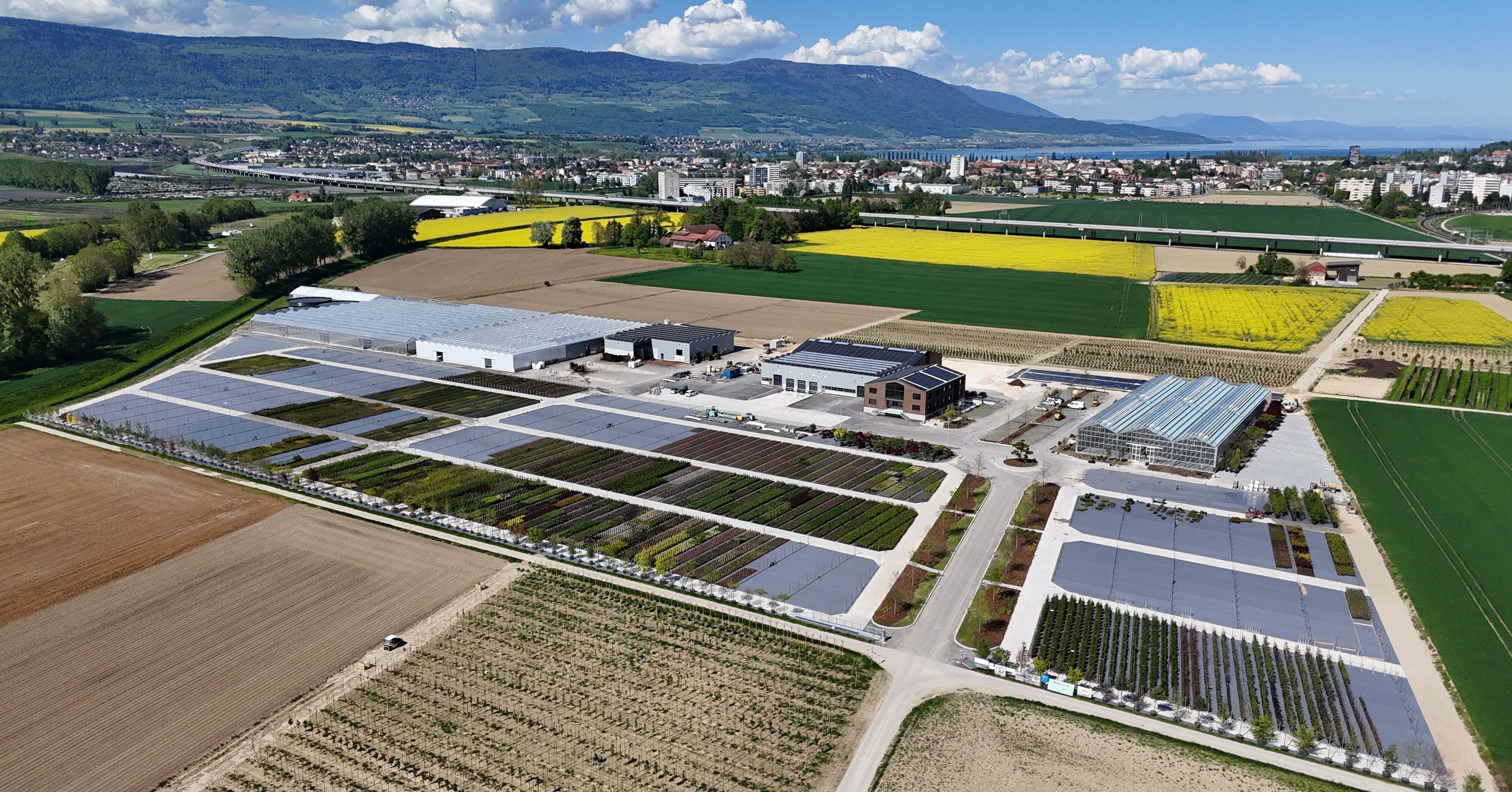- Prefer direct contact? +31 (0)79 593 38 00
- Language: English
4 Irrigation Systems in Horticulture: Choosing the Right Method
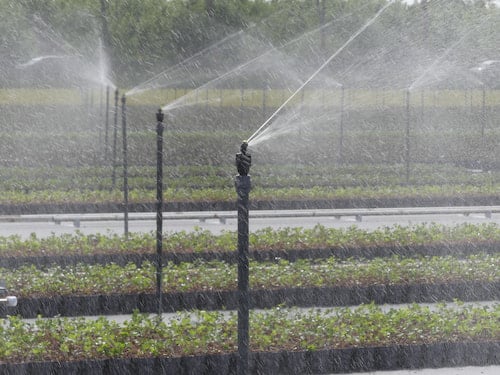
4 Irrigation Systems in Horticulture: Choosing the Right Method
Sep 27, 2023 4:50:49 PM
The method of watering plays a crucial role in the quality of your crops. It affects logistics, labor, overall costs, and the constant high quality of your plants. Therefore, selecting the appropriate irrigation method(s) is essential. This article will discuss four ways to provide plants with water.
#1 Advantages and Disadvantages of Drip Irrigation for greenhouses
Drip irrigation ensures that each plant receives the precise amount of water through a small emitter, minimizing water wastage. Additionally, it keeps the plant foliage dry, reducing the risk of diseases.
However, there are drawbacks to this method. It is labor-intensive since each plant requires its own emitter, which must be removed from the pots at harvest. These small emitters can also become clogged easily. Moreover, it restricts you to a particular pot size as the drip irrigation system is designed accordingly.
Drip irrigation can also complicate the automation of internal logistics, and it encourages root growth primarily where water drips, potentially making the plant less resilient.
Read more: Irrigation Systems: Ebb and Flow vs. Drip Irrigation
#2 Advantages and Disadvantages of Sprinkler Irrigation
Many greenhouses or outdoor fields use sprinklers, often a cost-effective method suitable for various crops.
The effectiveness of this method depends on whether excess water is collected. Without proper drainage, excess water can puddle, causing root damage, excess runoff, and the loss of valuable nutrients. Additional heating might be required during wet periods to prevent overly humid greenhouse conditions, resulting in increased energy costs.
Sprinkler irrigation can also increase the risk of diseases in flowering plants when the foliage becomes wet. Also, large leaves can redirect water away from the plant's roots, leading to uneven water distribution. Wind can also affect the sprinkler pattern, causing water to go in different directions, causing uneven coverage, and some plants may receive less water, leading to uneven water distribution.
Read more: Ebb and Flow System vs. Sprinklers: Key Differences
#3 Advantages and Disadvantages of Water Boom Irrigation
Boom or spray booms provide precise watering, ensuring uniform hydration for all plants, with the flexibility to provide extra water to specific areas. Wind has minimal impact because boom irrigation systems get close to the plants. This method also lends itself well to production automation.
However, this method tends to be relatively expensive. Like sprinkler irrigation, it can wet flowering plants, increasing the risk of diseases. The importance of capturing water and valuable nutrients applies here as well.
Read more: Irrigation Systems: Ebb and Flow vs. Water Boom Irrigation
#4 Advantages and Disadvantages of the Ebb and Flow System
Watering using an Ebb and Flow System can be achieved in various ways, such as flood-and-drain concrete floors, flood-and-drain tables, and the ErfGoedFloor (cultivation floor). In all cases, water rises from below and drains away after watering.
A significant distinction between the ErfGoedFloor and other Ebb and Flow systems lies in how the water rises. With the ErfGoedFloor, the floor fills evenly with water in the stone layer before rising above the ground cover. This results in uniform water distribution, promoting consistent plant growth. Further details about the pros and cons of various Ebb and Flow systems can be found in this whitepaper.
Combining Greenhouse Irrigation Systems
You can choose to combine multiple irrigation systems. We recommend starting with overhead irrigation for plugs, seedlings, and cuttings. Subsequently, transitioning to an ebb-and-flow floor is advisable, as the plant's roots will have developed sufficiently to absorb water from below. Under these circumstances, bottom-up watering becomes preferable.
Tip: get here more information about irrigation systems.
Far-Reaching Consequences
As mentioned earlier, choosing an irrigation system has far-reaching consequences for your labor, logistics, potting soil, pots, and more. Sometimes, combining methods can lead to optimal results.
Want to learn more or read further?
Please feel free to contact us if you want more information about the systems mentioned. You can also find more information about irrigation systems in our whitepaper on the subject.
These blog posts might also be interesting for you:
- Irrigation systems: Ebb and flow system versus water booms
- Irrigation systems: Ebb and flow system versus drip irrigation
- Irrigation systems for growers: Ebb and flow system versus sprinklers
- Filtering irrigation water: when do you choose which technique?
- Information page about Irrigation systems for growers.



